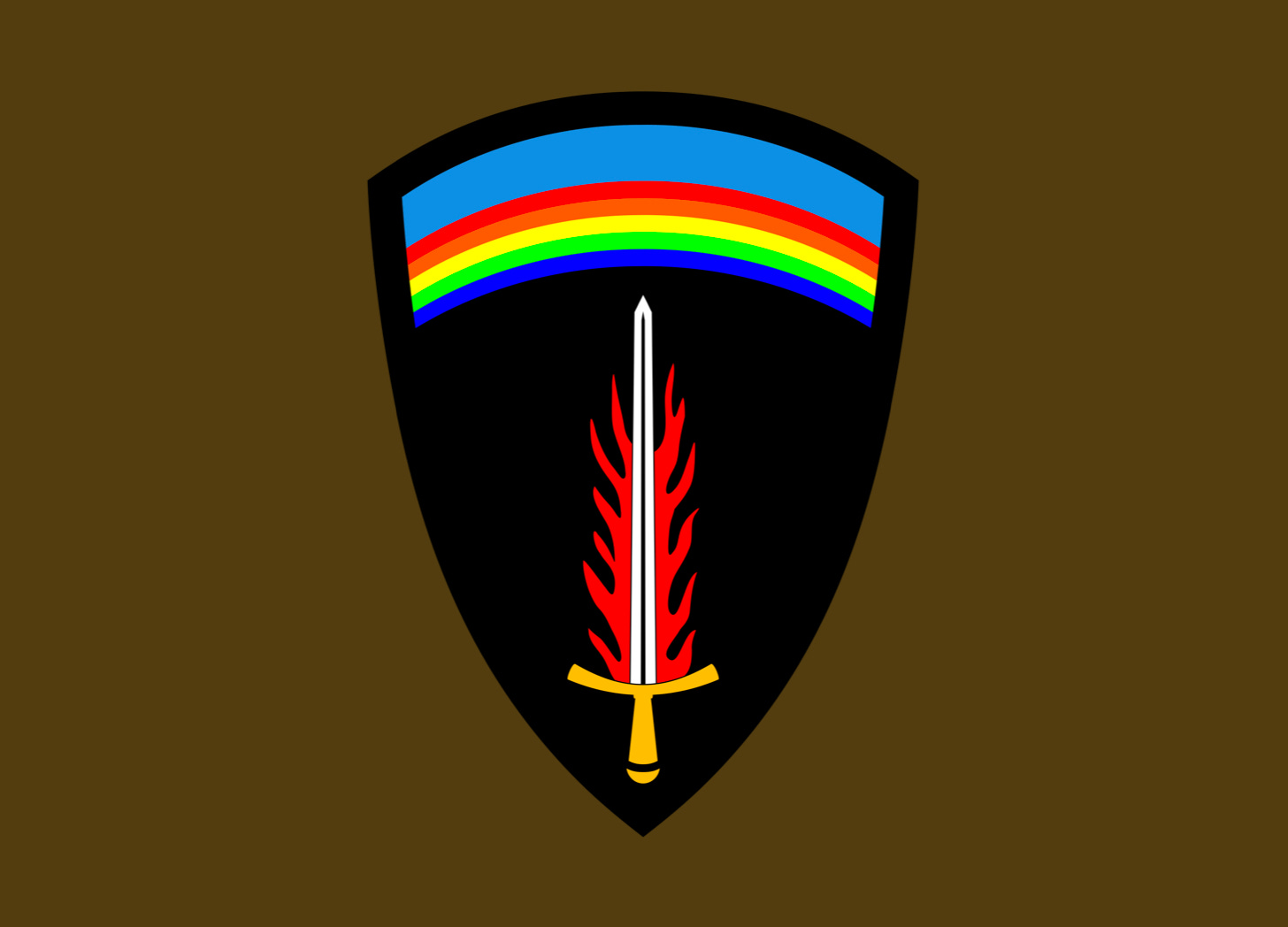Between 1945 and 1961, the Foreign Military Studies (FMS) Program of the US Army paid former German officers to write more than two thousand memoranda about the German military forces of the Second World War.1 The resulting reports vary greatly in both length and quality. Thus, Manuscript P-047, which bears the promising title of “Engineer Operations” and enjoys a larger-than-usual write up in the catalog, consists largely of short (“yes,” “no,” “not enough”) answers to questions designed to provoke substantial essays. (Indeed, the author proved so laconic that I was reminded of the old joke about the fellow who won the Calvin Coolidge prize at the Gary Cooper School of Communications.) At the same time, Manuscript P-007, which weighs in at 51 typed pages, provides both a detailed description of the use of psychological tests to evaluate officer candidates and an account of the behind-the-scene politics that led to the demise of that practice.
Guides
You can get a sense of both the range of the collection, and the depth of particular reports, by looking at the three partial catalogs published by the Foreign Military Studies Program.
The Guide to US Army Foreign Military Studies 1945-1954 (PDF) (HTML) (1,900 reports, nearly all of which were translated into English)
The Supplement to the Guide to US Army Foreign Military Studies 1945-1954 (PDF) (93 additional reports, many of which (at least at that time) were only available in German)
The Guide to Foreign Military Studies P-143d (Selected Regimental Operations on the Eastern Front) & P-149 (Combat Series) (PDF)
If you wish a more systematic overview, I recommend that you visit this page on the Digital History Archive.
The Combined Arms Research Library
Perusing the modest collection of FMS reports held by the The Combined Arms Research Library (CARL) will give you a good sense of the range of topics covered.
As the digital files held at CARL are scans of the ink-and-paper originals, you will find them much easier to read than the scans of microfiche images that abound in other collections.
CARL may hold copies of FMS reports that are not marked as such. For example, I recently found a file containing five FMS studies by searching under the name of “Blumentritt.” (The most prolific of all of the authors participating in the FMS Program, Gunther Blumentritt wrote, as sole author or co-author, more than a hundred reports.) Thus, if you cannot find what you seek by searching on the phrase “Foreign Military Studies Program,” try searching on the names of authors listed in the indices included with the catalogs.
When searching the CARL database for FMS reports, be sure to tick the box marked “World War II Operational Documents.” If you don’t, you will turn up lots of student papers that reference specific FMS reports. (Of course, as the papers were written by students with access to CARL, the fact that an FMS report was cited suggests the possibility that it might be found in that library’s collection.)
CARL charges no fees whatsoever to use its database. Thus, feel free to search, read, and download to your heart’s content.
World War II Archives
Where CARL offers you a means of locating and obtaining specific reports, the World War II Archives provides you the opportunity to download two dozen groups of PDF files, most of which weigh in at ninety-five or so individual manuscripts.
While not a complete set of FMS reports, the collection made available by the World War II Archives is the most extensive collection of such documents I have yet to encounter on the internet. Similarly, while some of the studies were scanned directly from paper originals, others are digital copies of printouts of microfiche images. Very few, I am happy to say, were made directly from microfiche images.
Thus, if you are looking to build a digital library, then you will find much of interest at World War II Archives. Indeed, given the fact that the service is hosted on servers located in New Zealand (and thus vulnerable to shutdown whenever some fool yells a word that rhymes with “patsy”), I recommend that anyone who anticipates interest in more than a handful of such reports download all twenty-four of the folders on offer. (Each weighs in at two-and-half gigabytes or so.)
Sturmpanzer.com
The database at Sturmpanzer.com holds five hundred or so FMS reports, which readers can locate by means of an interactive index. Unfortunately, the site is, at present, suffering from technical difficulties that preclude downloading.
That said, I suspect that just about anyone interested in the subjects covered in FMS manuscripts will find much of interest in the other offerings of the site. (Some of these are free. Others can be obtained at modest cost.)
(PS: I am sorry to report that Sturmpanzer.com seems to have gone the way of its namesake.)
Run by a friend of mine, The Digital History Archive will, for a reasonable fee, locate and copy documents on file at Archives II, the branch of the US National Archives that holds documents created in the twentieth century.2
The Digital History Archive offers many other services as well. These include the best one-page guide to the FMS Program and a number of interesting items that can be downloaded for free. (If you are interested in armored warfare, you will want to obtain a copy of Survey of Allied Tank Casualties in World War II.)
Fold3
Fold3 sells (at a price that exceeds the cost of a paid subscription to The Tactical Notebook) access to a substantial collection of FMS manuscripts. Unfortunately, the search engine will direct you to individual pages. Thus, if you wish to acquire a complete report, you will have engage in a good deal of jigsaw-puzzlery. What is even worse, the result of your expenditure of time, trouble, and treasure will, in most cases, be a hard-to-read scan made directly from a microfiche image.
To put things another way, I would only use Fold3 as a last resort. Indeed, if you live within an hour or two of Carlisle, Pennsylvania, I recommend that, rather than dropping seventy dollars on a subscription to Fold3, you spend that money on a trip to the Army Heritage and Educational Center. (The money you save will cover the cost of your gas. Indeed, unless you drive a tank, you’ll probably have enough left over to pay for a beer and some mayo-covered frites at Café Bruges.)
German Federal Archives
The digital collection of the German Federal Archive [das Bundesarchiv] seems to include a number of FMS manuscripts. Unfortunately, I have yet to learn the art of sailing through the rocks and shoals of that collection. Once I do, I will write a piece for The Tactical Notebook full of tricks and tips that will help you exploit that dragon’s hoard of historical treasures.
For Further Reading:
To Share, Subscribe, or Support:
The organization within the US Army responsible for this effort changed its name several times during this period. For a complete list of official designations, see Paragraph 349.3 on this page of the website of the US National Archives and Record Service.
Not to be confused with the handsome home of the Constitution and Declaration of Independence on the Mall, Archives II is a (Nicholas) Cage-free facility located in College Park, Maryland.









I read many of these in the mid 1960’s when they were in hard copy at military libraries at USAFE HQ and were being discarded. I salvaged at least two dozen from the garbage. There could not be a better collection to understand the challenges in the current Russo-Ukrainian War. Sadly, institutional knowledge is perishable and we currently ignore much that was learned.